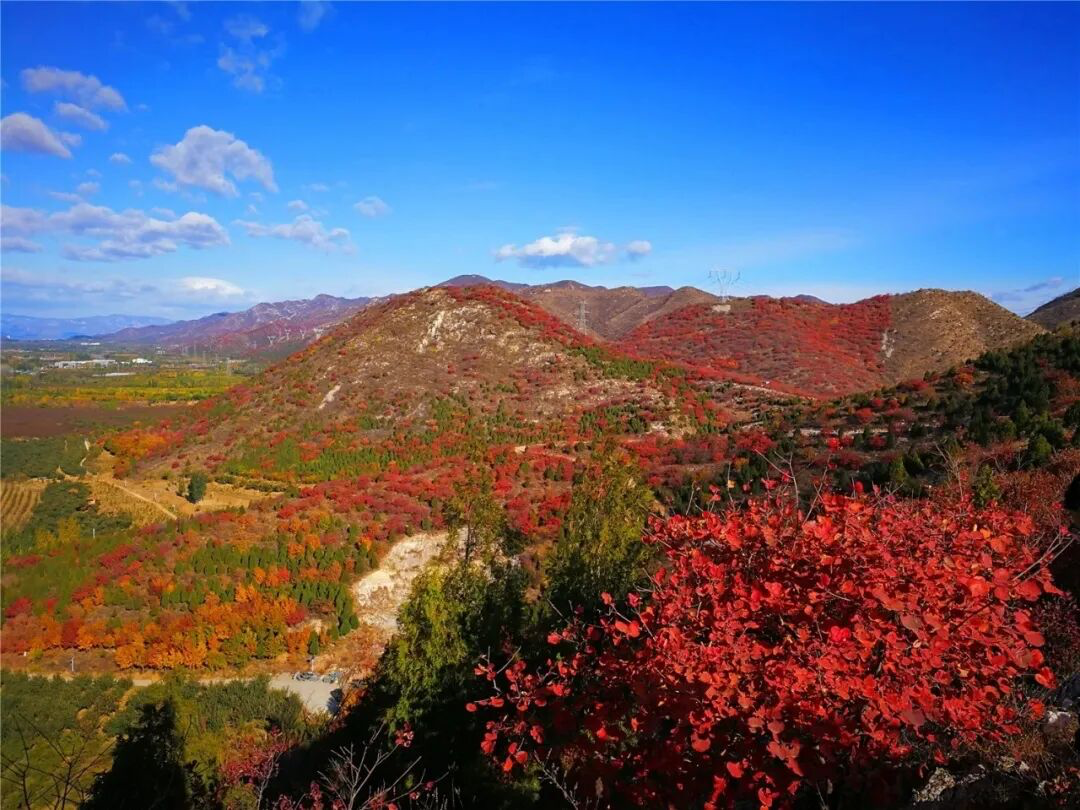
Dragon Robe and Mang.
Garments of the Ming court, the last Han dynasty, consisted of voluminous robes with large sleeves. The dragon robe (longpao) was first recorded in the Tang dynasty (618–907) and used for informal wear during the Ming dynasty. The body of the garment was slightly trapezoidal in shape, with side vents to the underarm seams. Extensions (bai) were added to the vents to create a flap that wrapped from the side front over the back. The front had a crossover closing to the right, with a round neck and a convex curve from the side of the neck to the underarm seam, a shape first used in the Tang dynasty.10 The volume of the dragon robe was enhanced by hoop-shaped jade ornamented belts (yudai) that encircled the robe. The sleeves were both wide and long, because covering the hands was considered proper in Chinese etiquette. The mass of the garments created an imposing image that was reinforced by the slow and elegant movement style of the court rituals.

This cut of garment recurs today on the traditional Jingju stage in the mang worn by the emperors and the highest-level members of the court. The form of the stage version appears to be quite close to that of the original, for it shares the rounded neckline and curved crossover front lap, and the open side seams with extensions that lap over the back. The sleeves are long, with a slight flare, and water sleeves (shuixiu), a theatrical addition, extend from the hems.


Official Robe and Guanyi.
Civil and military officers of the Ming court wore the official’s robe, emblazoned with a rank badge to indicate their position. The nine levels of rank were indicated by different creatures depicted on the badges at the front and back of the chest. From this garment emerged the stage version, the guanyi (official’s robe). The robe appears onstage worn primarily by the civil officers. The size and shape of the badge have been altered from the Ming versions to a square that resembles the Qing rank badges. Depiction of the specific ranks of characters is not practiced onstage. The form of the guanyi is essentially the same as that for the mang.
Beizi and Pi. The beizi (long robe) originated in the Song dynasty (960–1279), and was worn by men and women. Originally, the sleeves were fuller, but in the Ming period, the sleeves became tubular. The neckline and opening of the center front of the early beizi had a band finishing the edges to the hem, but gradually a contrasting neckband encircled the neck and stopped at mid-chest, where there was a closing. The body of the garment was essentially straight, with vents at the side seams. The beizi transferred to traditional Jingju usage in the form of the nüpi (woman’s formal robe) and the pi (men’s formal robe). The tubular sleeves of the pi/nüpi are longer than wrist length, to which the water sleeves are added, and the hem comes to the knee for women and the ankle for men. The body of the nüpi retains straight sides and vents, but the men’s pi has flared side seams with vents.

Jiaoling pao and Xuezi.
The historical jiaoling pao (long robe with crossover closing), with its crossover closing to the right, was widely worn as early as the Zhou period. The jiaoling pao was made from two lengths of cloth starting at the back hem, continuing over the shoulders and down to the front hems. They were seamed together at the center back and under the arms, often leaving vents on the lower side seams. Two additional pieces of fabric were added at the shoulders to form sleeves. The front of the jiaoling pao was left open, and it could have been tied or belted at the waist. As the form of the jiaoling pao evolved, other pieces could be added to increase the width at the sides or to create an overlap in the front.
The neckline eventually was finished with a wide, straight collar band, the sleeves were full, and this practical garment could be worn for a variety of purposes.


The historical jiaoling pao became the xuezi (informal robe) in traditional Jingju usage, and is widely worn as informal clothing. The stage version has narrower tubular sleeves that are longer than the wrists and have water sleeves added. The closing is asymmetrical, with the right side falling straight from the shoulder and neck intersection and the left crossing over to be tied under the right arm. The body of the xuezi is slightly trapezoidal, and the side seams are vented. Male characters wear a fulllength xuezi, while the nüxuezi (woman’s informal robe) is knee-length. There are two forms for women, both called nüxuezi, one with a crossover closing that matches the men’s version and another with a center-front closing. The xuezi is easily the most versatile stage garment, as it can be worn by all four major role types. Through changes in fabric and ornamentation, the xuezi appears on servants, scholars, clowns, young women, and mature women. One of the earliest garments in Chinese clothing history, it continues to dress a significant part of the population of traditional Jingju performances.

Baoyi.
The baoyi (“leopard/panther” or “embracing” clothes; that is, tight, hero’s clothes) is related to Ming dynasty dress because the jacket has the straight crossover closing of the xuezi and is secured with ties. The tapered sleeves are closed with frogs, which is evidence of Qing influence. A double layer of pleated fabric attached to the hem of the jacket is a theatrical addition called “moving water” (zoushui). The trousers are conventional.
Trousers.
Trousers (kuzi) date from the Bronze Age in China. Initially, separate leggings, probably made of leather, were worn by the northern tribes to provide protection while riding horseback. Tubular fabric loin coverings were gradually joined to the leggings to create true trousers. During the Warring States period (475–221 bc), a king of the Zhao state, now in Shanxi province, required his mounted warriors to wear trousers, thereby changing the dress of generations of Chinese.13 The cutting patterns for these fabric trousers evolved to include more shaping, such as gussets or a diagonal seam in the crotch, a shape that continues in stage usage. The waist is not fitted, but rather comes straight up from the width at the hip. The waistband is made of a different fabric, likely a cotton, and is folded across the front of the body to fit and then tied with a cord. The cotton fabric, selected to prevent slipping, is then folded over the cord. There are ties at the ankles as well. The shaping allows for the full range of movement needed in an active life, onstage and off.
Skirt.
The Chinese skirt (qunzi), or paired aprons, appeared in Han clothing as early as the Song dynasty, apparently also absorbed from nomadic neighbors. The skirt was made of two panels that lapped center front and back, with the openings between the sections that enabled horseback riding. An extant example of a Chinese skirt from the Song dynasty found in Huang Shen’s tomb in Fuzhou, Fujian province, shows a wraparound style with flat and pleated sections, and a wide waistband with ties.14 The historical version has straight panels in the front and back, with pleated sections on either side, much like the skirt worn in traditional Jingju today (Fig. 6.8). The waistband is cotton and is tied around the waist with strings. One of the common clothing combinations worn by Ming dynasty women consisted of a center-front-opening, knee-length robe worn over a pleated skirt, and this combination is reflected onstage with the nüpi or nüxuezi and skirt. Different sizes and depths of pleats are employed to distinguish the skirts for the different role types.
The mang, pi, and xuezi comprise three of the four principal costumes worn by most traditional Jingju characters. The greatest difference among these three garments is in the shape of the neckline. The round neckline with curved closing on the mang and guanyi is considered to be the highest level of closing. The centerfront closing of the pi is next in rank, and the straight crossover closing on the xuezi has the lowest status. While the sources of garments divide almost evenly among Han, Manchu, and theatrical roots, in actual usage, more characters appear in these three garments than any others, giving the overall stage impression a predominantly Han look.



